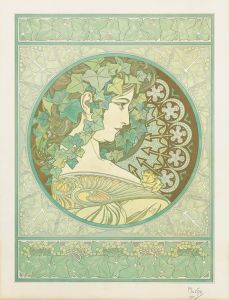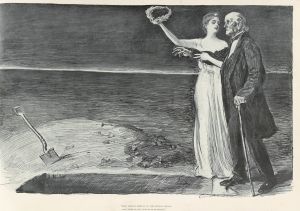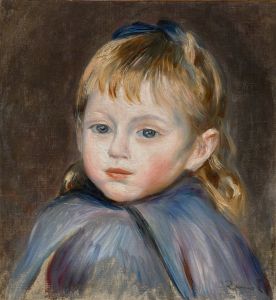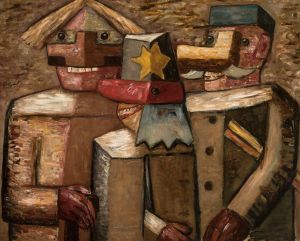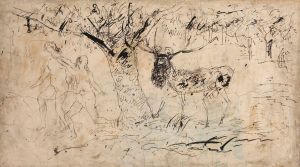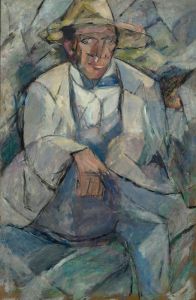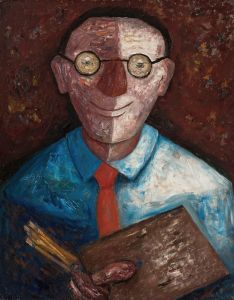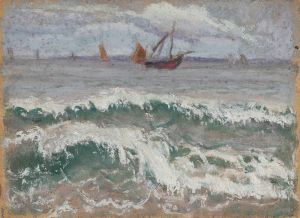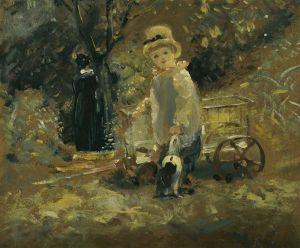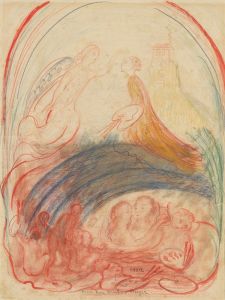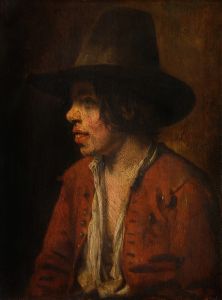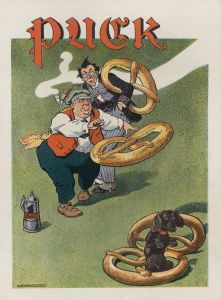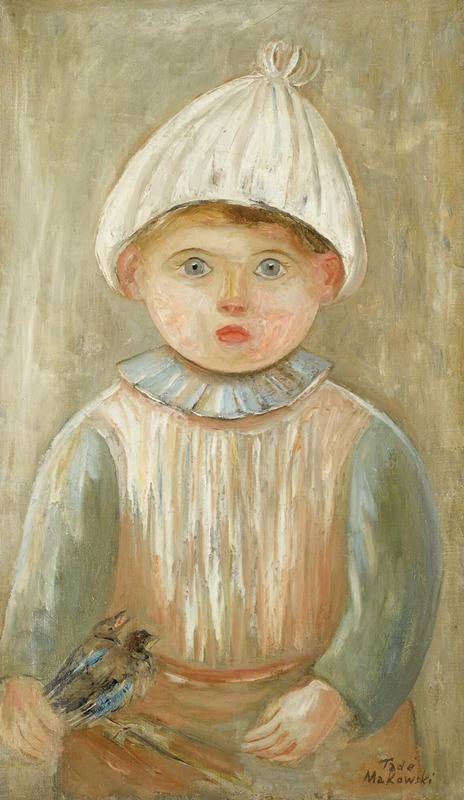
Petit Garcon
A hand-painted replica of Tadeusz Makowski’s masterpiece Petit Garcon, meticulously crafted by professional artists to capture the true essence of the original. Each piece is created with museum-quality canvas and rare mineral pigments, carefully painted by experienced artists with delicate brushstrokes and rich, layered colors to perfectly recreate the texture of the original artwork. Unlike machine-printed reproductions, this hand-painted version brings the painting to life, infused with the artist’s emotions and skill in every stroke. Whether for personal collection or home decoration, it instantly elevates the artistic atmosphere of any space.
Tadeusz Makowski (1882-1932) was a Polish painter known for his unique style that combined elements of folk art, cubism, and symbolism. One of his notable works is "Petit Garçon" (Little Boy), which exemplifies his distinctive approach to painting and his ability to capture the innocence and simplicity of childhood.
Makowski was born in Oświęcim, Poland, and initially studied classical philology at the Jagiellonian University in Kraków before switching to the Academy of Fine Arts in Kraków, where he studied under Józef Mehoffer and Jan Stanisławski. His early works were influenced by the Young Poland movement, which emphasized national identity and romanticism. However, his style evolved significantly after he moved to Paris in 1908, where he became acquainted with the avant-garde movements of the time, including cubism.
"Petit Garçon" is a painting that reflects Makowski's mature style, characterized by a blend of cubist structure and a whimsical, almost naïve representation of subjects. The painting depicts a young boy, rendered with simplified geometric forms and a muted color palette. The boy's face is expressive, with large, soulful eyes that convey a sense of innocence and curiosity. The background is typically sparse, focusing the viewer's attention on the central figure.
Makowski's work often featured children, and he had a particular talent for capturing their essence in a way that was both stylized and deeply human. His use of geometric shapes and a limited color scheme creates a sense of harmony and balance, while the expressive faces of his subjects add an emotional depth to his work.
Throughout his career, Makowski exhibited his works in various galleries and salons in Paris and Poland. He was part of the École de Paris, a group of émigré artists who were active in the French capital during the early 20th century. Despite his connections to the avant-garde, Makowski maintained a unique artistic voice that set him apart from his contemporaries.
"Petit Garçon" is a testament to Makowski's ability to blend different artistic influences into a cohesive and personal style. His work remains an important part of Polish art history and continues to be appreciated for its charm, simplicity, and emotional resonance.
Makowski's life was relatively short; he passed away in 1932 at the age of 50. However, his legacy lives on through his paintings, which are held in various collections around the world, including the National Museum in Warsaw and the Musée National d'Art Moderne in Paris. "Petit Garçon" remains one of his most beloved works, celebrated for its portrayal of childhood and its unique artistic vision.





